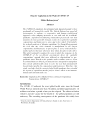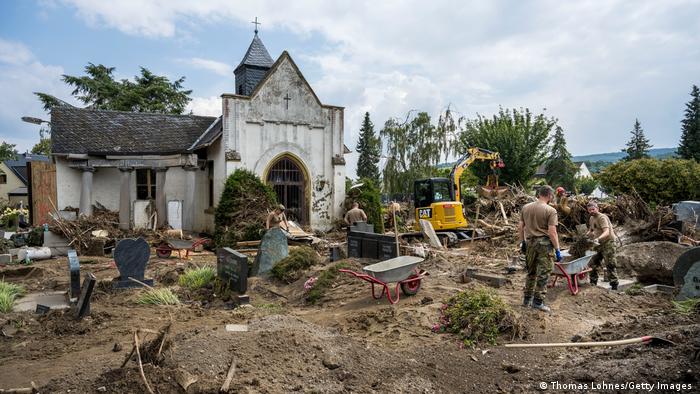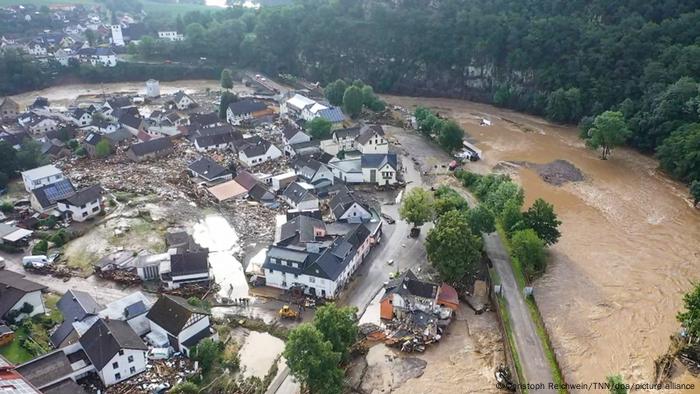Natural disasters vs. Natural hazards: risk-mitigation public campaigns might need rewording
People would be more likely to act if they feel threatened by a hazard, rather than a disaster, concludes a new study from New Zealand
IMAGE:
THE WRECKAGE OF A COLLAPSED BUILDING, DIYARBAKIR, TURKEY (2023).
view moreCREDIT: VOA, HTTPS://WWW.VOATURKCE.COM/A/IZMIR-DEPREM-BOLGESINE-YARDIM-SEFERBERLIGI/6949935.HTML
While people think similarly about natural hazards and natural disasters, they might act quite differently about each, concludes a study by New Zealand researchers: Dr Lauren J. Vinnell (Massey University, Wellington), Professor Taciano L. Milfont (University of Waikato, Tauranga) and Emeritus Professor John McClure (Victoria University of Wellington), recently published in the open-access scholarly journal Social Psychological Bulletin.
Having surveyed 604 people in Wellington, New Zealand, the team concluded public communication, meant to encourage risk-reduction behaviour, should rather opt for the term natural hazard. While a hazard denotes a potential for negative consequences, a disaster implies that these negative consequences are inevitable, the researchers argue.
In recent years, there has been a debate about replacing the term natural disaster with an alternative that would better communicate the role of humans in the devastating impacts of natural events, for example, living near fault lines or overlooking building regulations. Previously, in a similar manner, global warming was replaced with climate change, which has reportedly led to wider belief and intentions to act.
Calling disasters natural puts the blame on nature and downplays the role of people's choices, the researchers explain. While some argue that we should simply drop the word natural and instead refer only to disasters, there is little evidence that the public actually interpret the term in this way. Instead, the team fears, the proposed solution would simply mix disasters such as earthquakes together with the likes of nuclear plant meltdowns, terrorism and pandemics. So, the team set out to explore whether it would make a difference if they talked to people about preparing for natural hazards instead of natural disasters.
As part of their study, the researchers measured key factors related to preparation, including social norms, beliefs about whether preparing is helpful, and perceived ability to undertake preparation actions. Interestingly, scores on these factors did not differ significantly when the people were asked about natural hazards and about natural disasters. Thus, the researchers concluded that the terms don’t have much, if any, impact on key perceptions.
However, when the team asked questions about factors related to one’s intentions to prepare - one of the best predictors of actual behaviour - they found a significant difference in the responses when they used natural hazards instead of natural disasters.
“Perhaps most importantly, we found that intentions to prepare for natural hazards predicted actual behaviour, but intentions to prepare for natural disasters didn't,”
say the researchers.
“In terms of the bigger picture, these mixed findings show that we need more evidence on how the general public understands the terms we use, and that it should be this evidence, which drives our word choices when we communicate,”
they add in conclusion.
To explain the rationale behind their research topic, the team reminds that,
“the impacts of disasters (triggered by natural hazards) have been increasing through a combination of population growth, rendering more people and property vulnerable in risk-prone areas, and an increase in the frequency and severity of high-impact weather events, particularly those driven by climate change.”
“Every year, over $500 billion is lost from the global economy as a result, and between 1998 to 2017, over a billion people were impacted by disasters resulting from natural hazards, including over a million fatalities. It is therefore vital that we find the best ways to reduce this harm.”
Research article:
Vinnell, L. J., Milfont, T. L., & McClure, J. (2023). Natural Hazard Versus Natural Disaster: Does Framing the Event Affect Preparedness Intentions, Attitudes, and Behaviour?. Social Psychological Bulletin, 18, 1-26. https://doi.org/10.32872/spb.8357
JOURNAL
Social Psychological Bulletin
ARTICLE TITLE
Natural Hazard Versus Natural Disaster: Does Framing the Event Affect Preparedness Intentions, Attitudes, and Behaviour?














